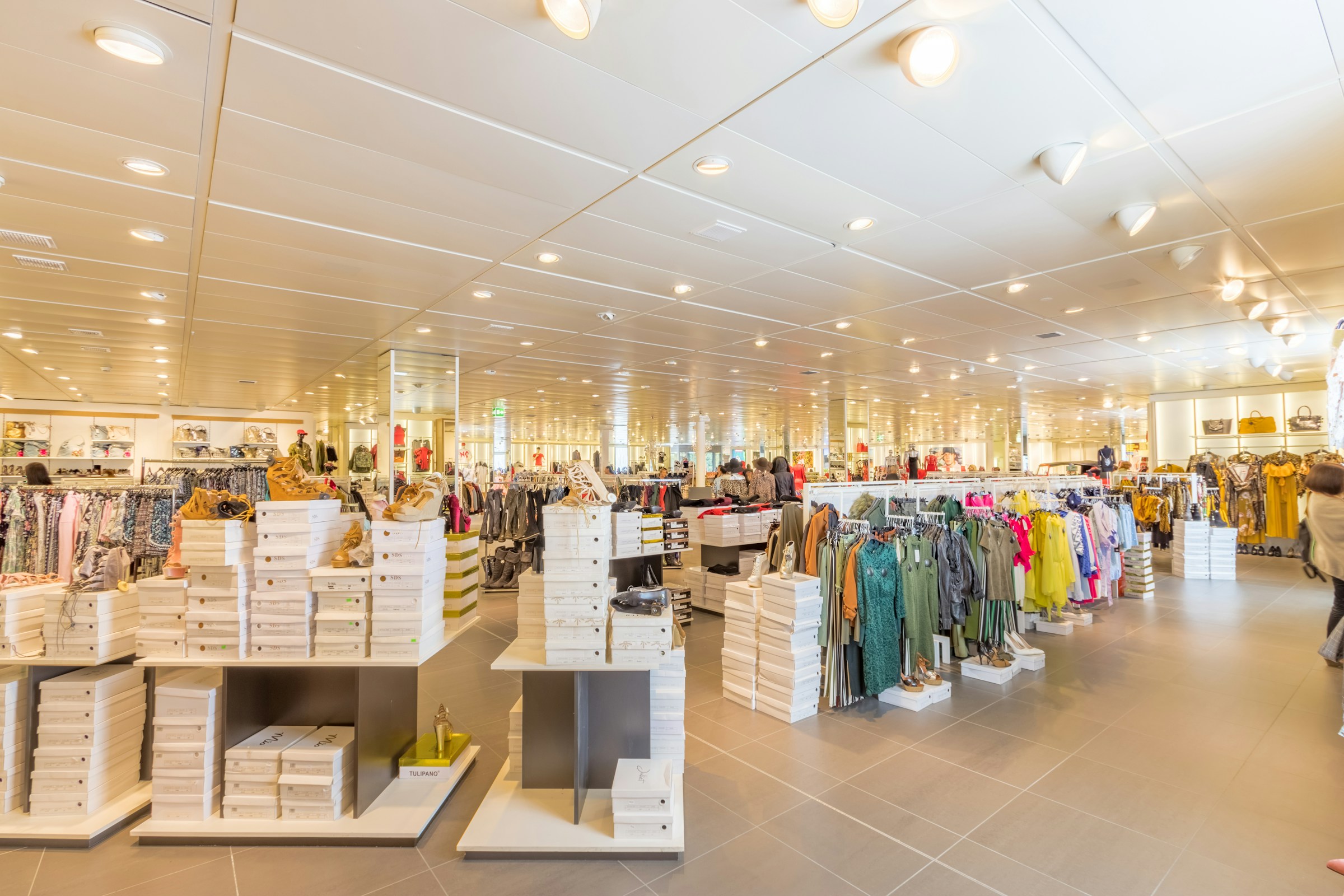July 16, 1995. The day has gone down in history as a day that changed retail forever, as Amazon.com opened its online bookstore. Since then, the online bookstore has morphed into an online marketplace where people can not only buy books but also small appliances, furniture, toys, home décor, and even food, all for delivery right to your door. The company’s global reach has caused many brick-and-mortar stores to crumble, many going out of business or shifting to online-only sales.
It’s not all Amazon’s fault. As businesses grow, they need bigger spaces – meaning they may move from a small strip mall stall to another location that offers larger spaces, or build their own stand-alone store. Additionally, there are other reasons companies may go out of business or leave a location. Changing consumer preferences, higher rent prices, bad location, lack of traffic, and the business owner’s needs are some of the many other reasons tenants may turn in the keys and walk away.
But when a tenant walks away, how does a landlord fill that empty space? Landlords face a list of challenges when trying to fill a vacant retail space.
Table of Contents
What a Vacant Retail Space Means for Landlords
When retails stores, and especially anchor stores, leave a retail space it impacts the landlord in several ways. Some good, some bad. When a tenant becomes a former tenant, this means a myriad of things:
Loss of Appeal to New Tenants
When a rental unit stands vacant, potential tenants wonder why. Is it a bad location? Is the rent too high? Is the unit in poor condition? What is the tenant-landlord relationship like? When a storefront sits vacant too long, it loses its appeal for a new tenant to move in.
Loss of Revenue & Property Value
From the landlord’s point of view, an empty space is a loss of revenue. Every day and every month a space sits vacant is a loss of thousands of dollars. Another down side is that the longer a space stays vacant, the more impact it will have on property value. The ability to attract new tenants (and possibly higher-paying tenants), causes property values to plummet and those new tenants won’t see the area as profitable for their company.
Opportunities for New Tenants
Businesses looking for a larger space or to open another location will be on the prowl for the best one that fits their needs. Putting that “FOR LEASE” sign by the road will have tenants interested in the area and what it offers to make contact to discuss the property. New tenants can also mean higher rent payments. We don’t mean charging higher rent just because they’re new and they’ll pay, but because a former tenant’s agreement was under current market rates and you can now charge what your property is worth.
New tenants may even attract new clientele to the area, benefiting all the businesses in the area and the property as a whole – with increased property values.
Challenges to Reletting Retail Space
Landlords can’t necessarily rent a retail space to anyone. There may be restrictions or other roadblocks in the way of finding the perfect tenant. Existing restrictions within the shopping center may be dictated by existing tenant leases or the governing documents recorded against the property. See our article on Navigating Tenant Improvement Projects for more ideas and help during this process.
Use Restrictions
“Exclusive use” provisions in existing store leases may prevent certain businesses from renting the vacant space. These provisions are designed to shield individual tenants by preventing their competition from opening a store in the same shopping center. Additionally, national and anchor tenant leases often prohibit certain uses that had been considered to be incompatible with traditional shopping centers at the time the existing tenants’ leases were executed.
For example, an existing anchor tenant’s lease my specify that theaters, entertainment uses, and office spaces are not traditional shopping center uses and are thus unable to move in to any vacant space in that shopping center.
Distance Restrictions
An anchor store’s lease may allow for non-traditional uses in the shopping center, but may come with another restriction: distance. This clause prevents certain businesses from opening a store in the shopping center, and also within a certain distance.
Examples include Home Depot having to open a location a certain number of miles from a Lowe’s, or “parking intensive uses” like health clubs or restaurants only allowed within a certain radius to cut down on parking – and thus customer traffic – issues.

CC&R Guidelines
CC&R’s, or covenants, conditions, and restrictions, are documents or guidelines that dictate how the shopping center is operated, and may include the prohibition of certain businesses or activities within the shopping center.

Landlords who cannot work within the CC&Rs (often required by original anchor tenants), must seek alternatives. Landlords may attempt to negotiate with “approving parties” for a one-time exception in order to restore the traffic and business lost by the vacancy. Approving parties are a percentage of existing tenants when multiple anchor properties own their own parcel within the shopping center. Landlords may also seek to amend and permanently change the CC&R documents.
Co-Tenancy
Co-tenancy is a provision that protects existing tenants. Should an anchor/national retailer, or multiple retailers, leave a shopping center, existing retailers with co-tenancy clauses in their lease may have the right to pay lower rent, or to terminate their own lease, if the tenancy minimums cannot be reached. Co-tenancy agreements may include clauses that give the landlord a certain amount of time to “cure” the issue by securing a new tenant or tenants to satisfy the clause requirements.
Cost
One of the biggest challenges in remodeling retail space for a new tenant is cost. A new tenant will undoubtedly need to renovate, remodel, or add their own tenant improvements to make the space work for their business. But who pays for all of it? The new tenant may pay for some of it while also receiving a tenant improvement allowance, or TI allowance to help pay for the cost of improvements to the property. This can come in a lump sum payment or line of credit to help the tenant customize the property to suit their needs while allowing the landlord to maintain control over quality and cost of the improvements.

Building Codes
When new tenants move in and begin renovating and remodeling the space to suit their needs, they may encounter the need to replace items in order to bring them up to today’s building codes. This is especially true when it comes to “green” or energy-efficient codes that have been applied since before the previous tenant vacated.
Installing energy-efficient lights, replacing structural elements, and the requirements related to such tasks take time and effort to complete. Read our article on Retrofitting Old Spaces to Meet Modern Needs to read about ways to go navigate today’s building standards.
Level of Difficulty
Some tenants move in and require very little change. Their business may be similar to the one that left requiring no major work like removing or adding structural elements, or running extra utility lines like plumbing or electrical. A simple re-branding with their signage, colors, and a few basic personal touches may be all that’s need.

Conversely, your next tenant may look around and say “where do I start?” They have a laundry list of improvements, renovations, and remodeling they need to complete. Walls may need to be knocked down – or put up to create private office spaces, specific lighting must be installed to spotlight products or create a desired ambiance, or even grander modifications like the need to install a loading dock.
Permits will be needed for extensive renovations, so be sure to include that in the lease agreement.
Tenant Preferences
While you may do some remodeling in preparation for a new tenant – this may include minimums like removing old display racks or having the carpet cleaned – the remodeling work will align most with tenant preferences. People are leaning toward green building practices, as well as green building materials like the ones listed in our article Sustainable Building Materials to Include in Your Next Build, which offers and extensive list of popular and up-and-coming green building materials to use.
Final Thoughts
These are just some of the things you’ll have to consider when remodeling your retail space Group can help you navigate the process of renovating and remodeling a space to welcome your next tenant.
Contact us today!





0 Comments